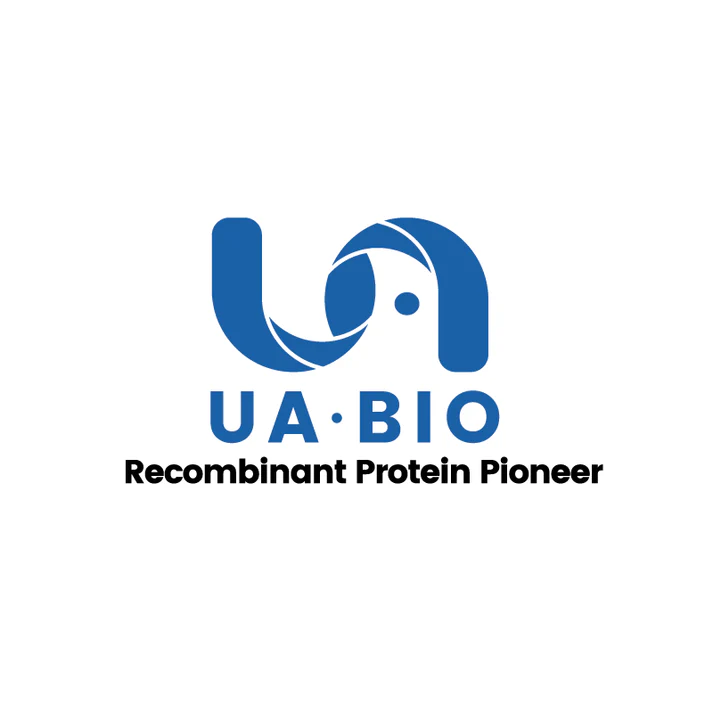1μg (R: reducing condition, N: non-reducing condition).
Product Details
Product Details
Product Specification
| Species | Mouse |
| Synonyms | CD244,2B4,SLAMF4,NKR2B4,NAIL,h2B4 |
| Accession | NP_001034240.1 |
| Amino Acid Sequence | Gln25 - Thr224, with C-8*His |
| Expression System | HEK293 |
| Molecular Weight | 45-60kDa (Reducing) |
| Purity | >95% by SDS-PAGE |
| Endotoxin | <0.1EU/μg |
| Conjugation | Unconjugated |
| Tag | His Tag |
| Physical Appearance | Lyophilized Powder |
| Storage Buffer | PBS, pH7.4. |
| Reconstitution | Reconstitute at 0.1-1 mg/ml according to the size in ultrapure water after rapid centrifugation. |
| Stability & Storage | · 12 months from date of receipt, lyophilized powder stored at -20 to -80℃. · 3 months, -20 to -80℃ under sterile conditions after reconstitution. · 1 week, 2 to 8℃ under sterile conditions after reconstitution. · Please avoid repeated freeze-thaw cycles. |
| Reference | 1.Ponta, H. et al. (2003) Nat. Rev. Mol. Cell Biol. 4:33. 2.Screaton, G.R. et al. (1992) Proc. Natl. Acad. Sci. USA 89:12160. 3.Lynch, K.W. (2004) Nat. Rev. Immunol. 4:931. |
Background
CD44 antigen is a cell-surface glycoprotein involved in cell–cell interactions, cell adhesion and migration. CD44 is expressed in a large number of mammalian cell types. CD44 is a receptor for hyaluronic acid and can also interact with other ligands, such as osteopontin, collagens, and matrix metalloproteinases (MMPs). CD44 participates in a wide variety of cellular functions including lymphocyte activation, recirculation and homing, hematopoiesis, and tumor metastasis. CD44 is a type I transmembrane protein and a member of the cartilage link protein family. It is involved in cell-cell and cell-matrix interactions and signal transduction. CD44 protein is expressed on the majority of immune cells. The binding of CD44 to hyaluronan is induced on T lymphocytes after activation by antigen and on monocytes after stimulation by inflammatory agents. Under inflammatory conditions, CD44 on endothelial cells presents hyaluronan to CD44 on activated T lymphocytes and mediates a rolling interaction under flow conditions. Perturbations of the hyaluronan-CD44 interaction at the plasma membrane by various antagonists result in attenuation of receptor tyrosine kinase and transporter activities and inhibition of tumor progression in vivo. CD44 and ezrin and their respective complex have properties suggesting that they may be important in the process of tumour-endothelium interactions, cell migrations, cell adhesion, tumour progression and metastasis.
Picture
Picture
SDS-PAGE


